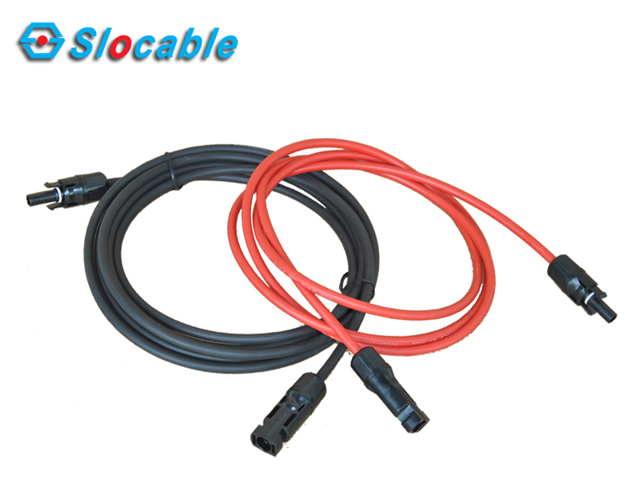
Definition
A cable harness, also known as a wire harness, wiring harness, cable assembly, wiring assembly or wiring loom, is an assembly of electrical cables or wires which transmit signals or electrical power. The cables are bound together by a durable material such as rubber, vinyl, electrical tape, conduit, a weave of extruded string, or a combination thereof.
Wire harnesses are usually used in automobiles and construction machinery. Compared with scattered wires and cables, they have many advantages. For example, many airplanes, automobiles, and spacecraft contain many wires, and if they are fully extended, they will extend for several kilometers. By bundling many wires and cables into the wire harness, the wires and cables can be better fixed to prevent them from being adversely affected by vibration, abrasion and moisture. By compressing the wires into unbent bundles, the use of space can be optimized and the risk of short circuits can be reduced. Since the installation program only needs to install one wire harness (as opposed to multiple wires), installation time is reduced and the process can be easily standardized. Bundling the wires into the flame-retardant casing can also reduce the risk of fire.
Selection of Harness Materials
The quality of the wire harness material directly affects the quality of the wire harness. The choice of wire harness material is related to the quality and service life of the wire harness. To remind everyone, in the choice of harness products, you must not be greedy for cheap, cheap harness products that may use inferior harness materials. How to distinguish the quality of the wiring harness? Knowing the material of the wire harness will understand. The following is the information on wire harness selection.
The wire harness is generally composed of wires, insulating sheaths, terminals and wrapping materials. As long as you understand these materials, you can easily distinguish the quality of the wiring harness.
1. Material selection of terminal
The copper used for the terminal material (copper pieces) is mainly brass and bronze (the hardness of brass is slightly lower than that of bronze), of which brass accounts for a larger proportion. Besides, different coatings can be selected according to different needs.
2. Selection of insulating sheath
The commonly used materials of sheath material (plastic parts) mainly include PA6, PA66, ABS, PBT, pp, etc. According to the actual situation, flame-retardant or reinforced materials can be added to the plastic to achieve the purpose of reinforcement or flame-retardant, such as adding glass fiber reinforcement.
3. Selection of wire harness
According to the different use environment, select the corresponding wire material.
4. Selection of dressing materials
Wire harness wrapping plays the role of wear-resisting, flame-retardant, anti-corrosion, preventing interference, reducing noise, and beautifying the appearance. Generally, the wrapping material is selected according to the working environment and the size of the space. There are usually tapes, corrugated pipes, PVC pipes, etc. in the selection of wrapping materials.
Wire Harness Production
Although the degree of automation continues to increase, manual manufacturing is usually still the main method of cable harness production due to many different processes, such as:
1. Routing wires through sleeves,
2. Taping with fabric tape, in particular on branch outs from wire strands,
3. Crimping terminals onto wires, particularly for so-called multiple crimps (more than one wire into one terminal),
4. Inserting one sleeve into another,
5. Fastening strands with tape, clamps or cable ties.
These processes are difficult to automate, and major suppliers are still using manual production methods and only automate part of the process. Manual production is still more cost-effective than automation, especially when producing small batches.
Pre-production can be partially automated. This will affect:
1. Cutting individual wires (cutting machine),
2. Wire stripping (Automated Wire Stripping Machines),
3. Crimping terminals onto one or both sides of the wire,
4. Partial plugging of wires prefitted with terminals into connector housings (module),
5. Soldering of wire ends (solder machine),
6. Twisting wires.
The wiring harness must also have a terminal, which is defined as “a device used to terminate a conductor to be fixed to a terminal, stud, chassis, another tongue, etc. to establish an electrical connection.” Certain types of terminals include ring, tongue, spade, mark, hook, blade, quick connect, offset, and mark.
After the wiring harness is produced, it usually undergoes various tests to ensure its quality and function. The test board can be used to measure the electrical performance of the wiring harness. This is achieved by inputting data about the circuit, and one or more wiring harnesses will be programmed into the test board. Then measure the function of the wiring harness in the analog circuit.
Another popular testing method for wire harnesses is the “pull test”, in which the wire harness is connected to a machine that pulls the wire harness at a constant rate. Then, the test will measure the strength and conductivity of the cable harness at its lowest strength to ensure that the cable harness is always effective and safe.
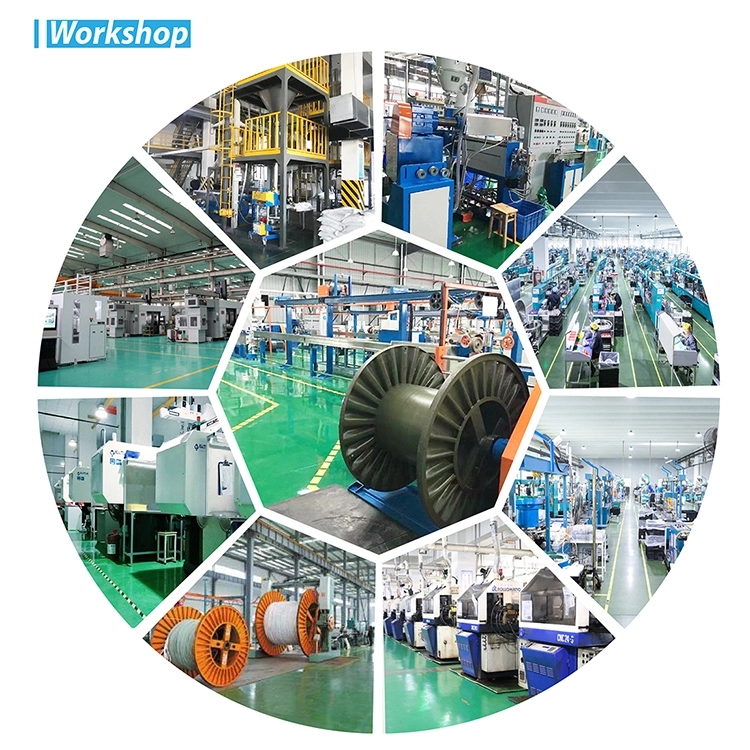
Causes of malfunction
1) Natural damage
The use of the wire bundle exceeds the service life, the wire is aging, the insulation layer is broken, and the mechanical strength is significantly reduced, causing short circuits, open circuits, and grounding between the wires, causing the wire bundle to burn out.
2) The wiring harness is damaged due to the failure of electrical equipment
When electrical equipment is overloaded, short-circuited, grounded, and other faults, the wiring harness may be damaged.
3) Human fault
When assembling or repairing auto parts, metal objects crush the wire bundle and break the insulation layer of the wire bundle; the positive and negative leads of the battery are connected reversely; when the circuit is repaired, random connection, random cutting of the wire harness, etc. can cause electrical The equipment is not working properly.
Harness Detection
The standard of the wire harness is mainly calculated by calculating its crimping rate. The calculation of the crimping rate requires a special instrument. The wire harness cross-section standard detector developed by Suzhou Ouka Optical Instrument Factory is specially used to detect whether the wire harness crimping is qualified or not. Effective detector. It is mainly completed through several steps such as cutting, grinding and polishing, corrosion, observation, measurement, and calculation.
Industry Quality Standards
Although customer specifications are the top priority when creating a certain quality wire harness, in North America, if such a specification is not found, the quality standard of the wire harness is standardized by IPC’s publication IPC/WHMA-A-620. Minimum requirements for the wiring harness. This publication is regularly reviewed to ensure that the published standards maintain acceptable standards based on possible industry or technological changes. The IPC/WHMA-A-620 publication sets standards for various components in the wiring harness, including but not limited to electrostatic discharge protection, conduit, installation and maintenance, crimping, tensile test requirements and essential to the production and function of the wiring harness Other operations. The standards enforced by IPC differ according to the product classification in one of the three defined product categories. These classes are:
- Class 1: General Electronic Products, for objects where the functionality of the final product is the major requirement. This can include objects such as toys and other items that do not serve a critical purpose.
- Class 2: Dedicated Service Electronic Products, where consistent and extended performance is needed, but uninterrupted service is not vital. The failure of this product would not result in significant failures or danger.
- Class 3: High Performance Electronic Products, for products that require continued and consistent performance and where periods of inoperativeness cannot be tolerated. The environment in which these cable harnesses are used may be “uncommonly harsh.” This category encompasses devices involved in life support systems or that are used in military.
Advantages of Wiring Harness
Many of the benefits of wiring harnesses come from very simple design principles. The sheath protects the wires from fraying or exposure to danger, thereby minimizing the risk of workplace accidents. Connectors, clips, ties, and other organizational strategies can greatly reduce the space that wiring must take up and ensure that technicians can easily find the required components. For equipment or vehicles that often compete with lengthy wire networks, wiring harnesses will definitely benefit everyone.
- 1. Compared with multiple individual components, the cost is reduced
- 2. Improve the organization, especially when the system relies on hundreds of feet of complex wiring
- 3. Reduce installation time for projects involving large amounts of wiring or cable networks
- 4. Protect the conductor from outdoor elements or indoor chemicals and moisture
- 5. By cleaning up scattered or scattered wires, maximize space and prevent tripping and damage to wires and cables, thereby providing a safer working environment
- 6. Improve safety by minimizing the risk of short circuits or electrical fires
- 7. Reduce installation and maintenance time by potentially reducing the number of connections and organizing components in a logical configuration
Recommended Wiring Harness
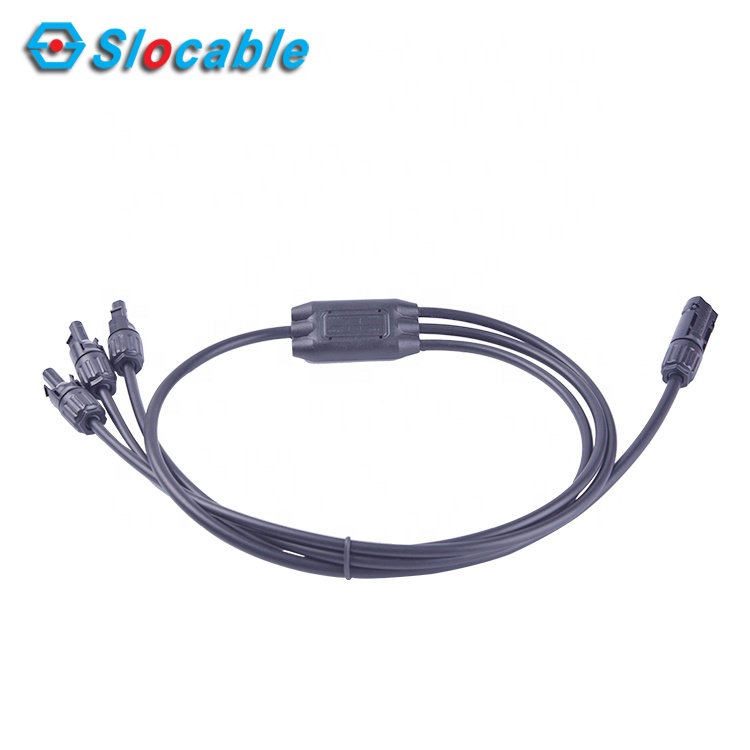
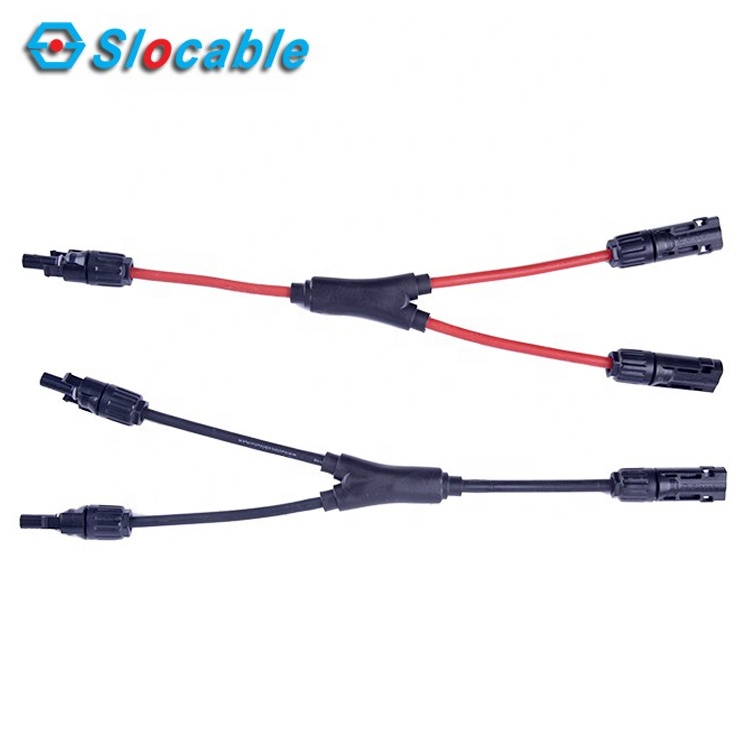
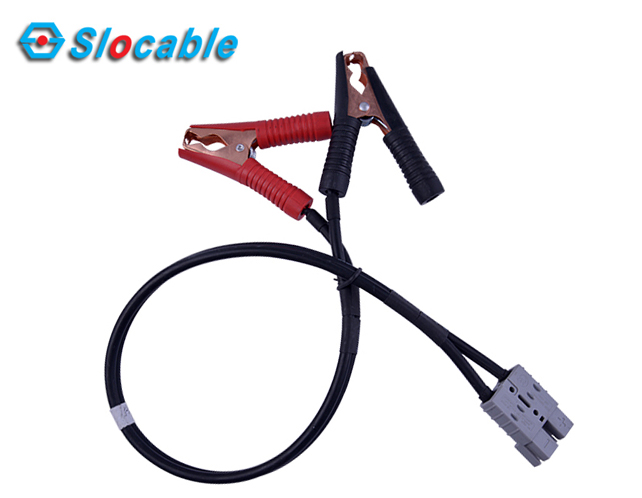



 2020-11-14
2020-11-14



















